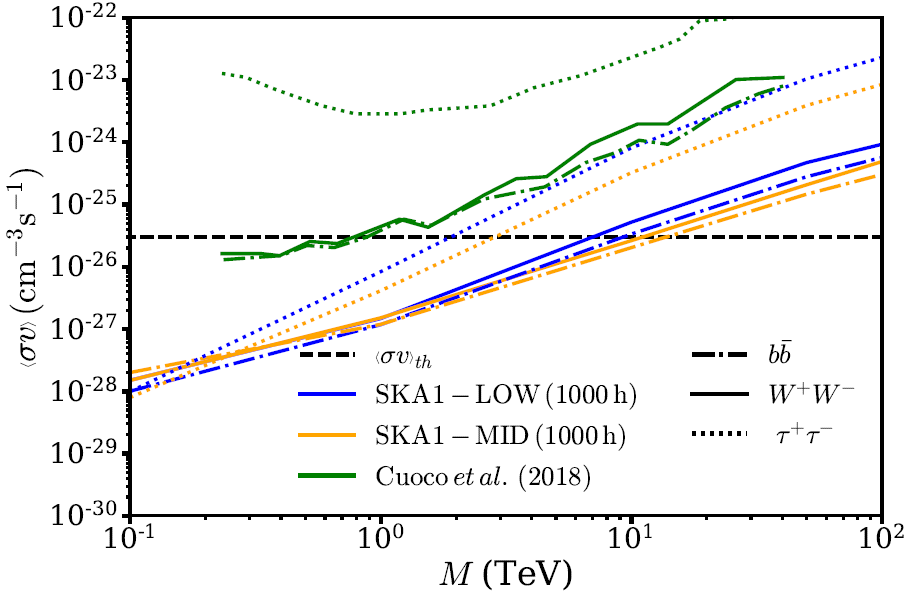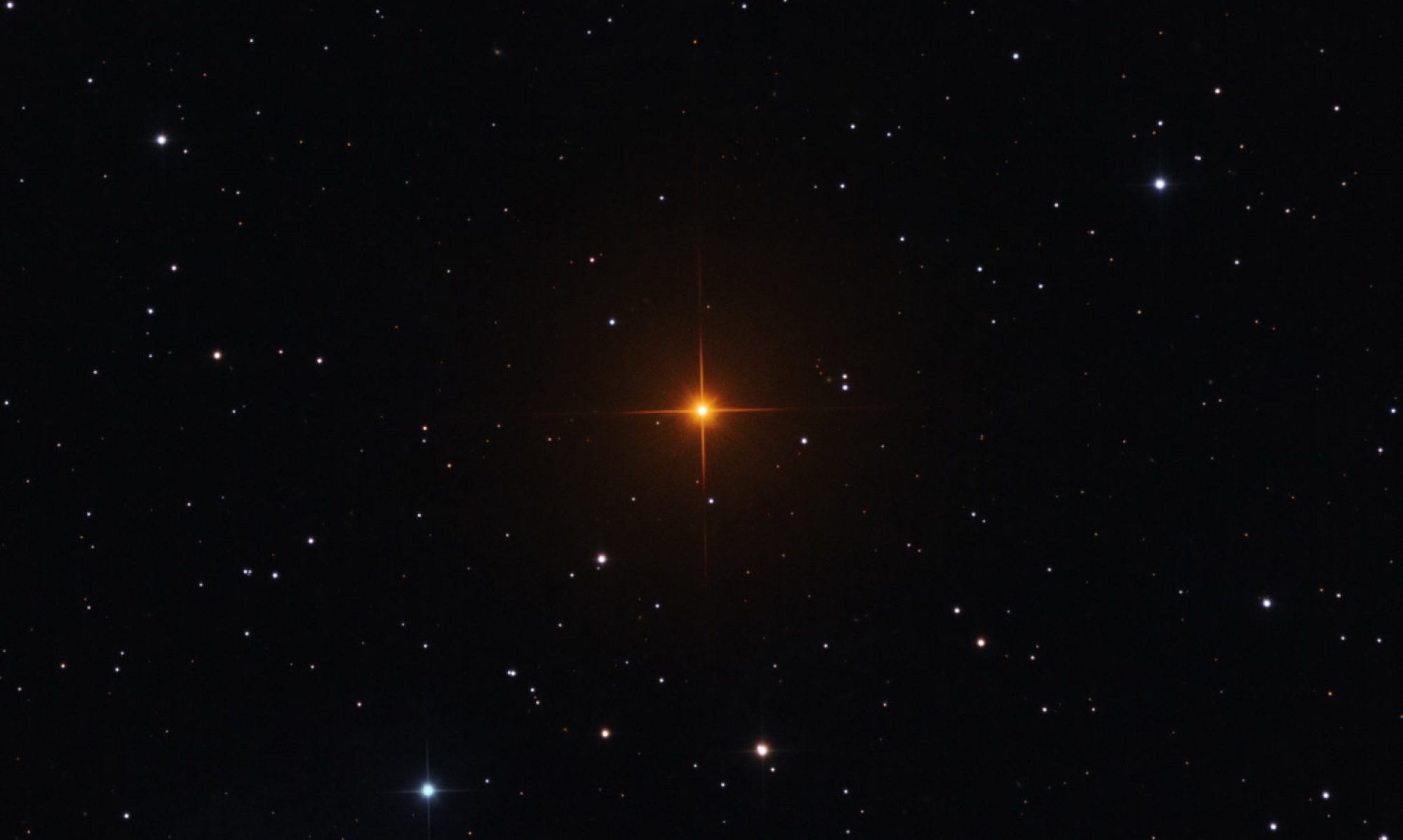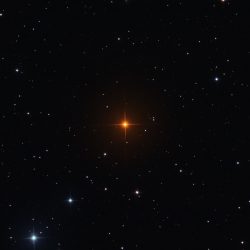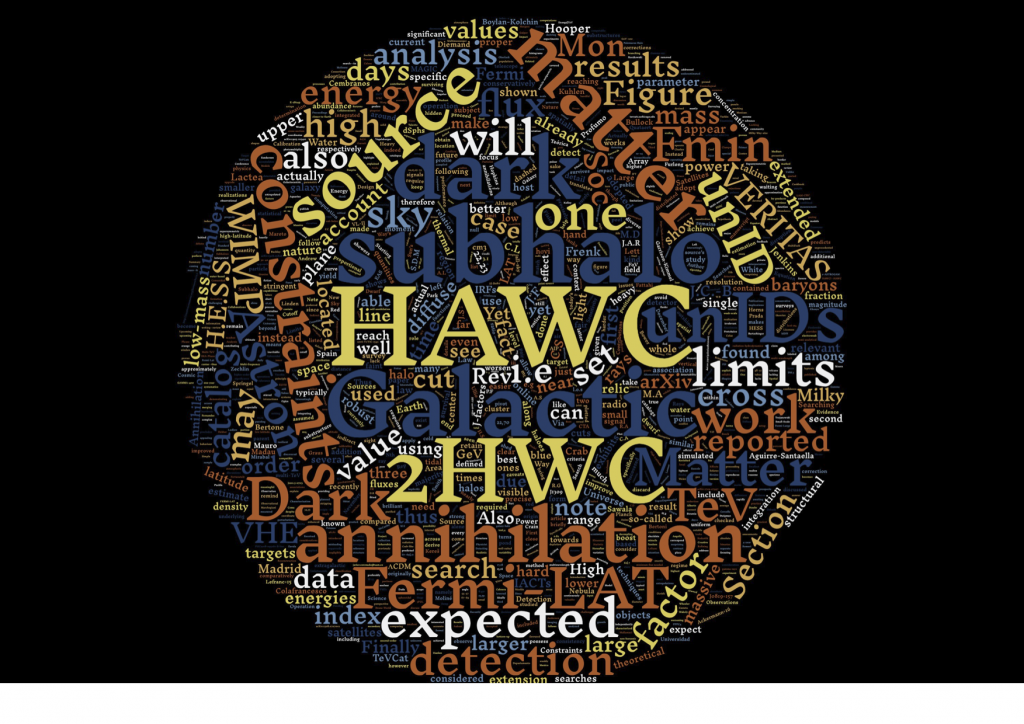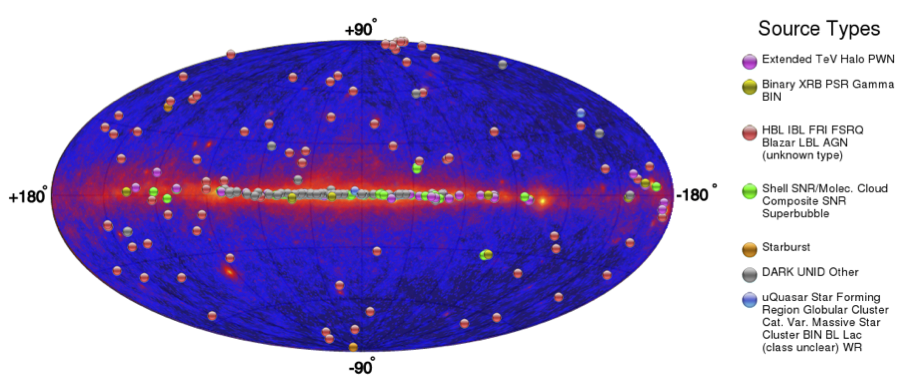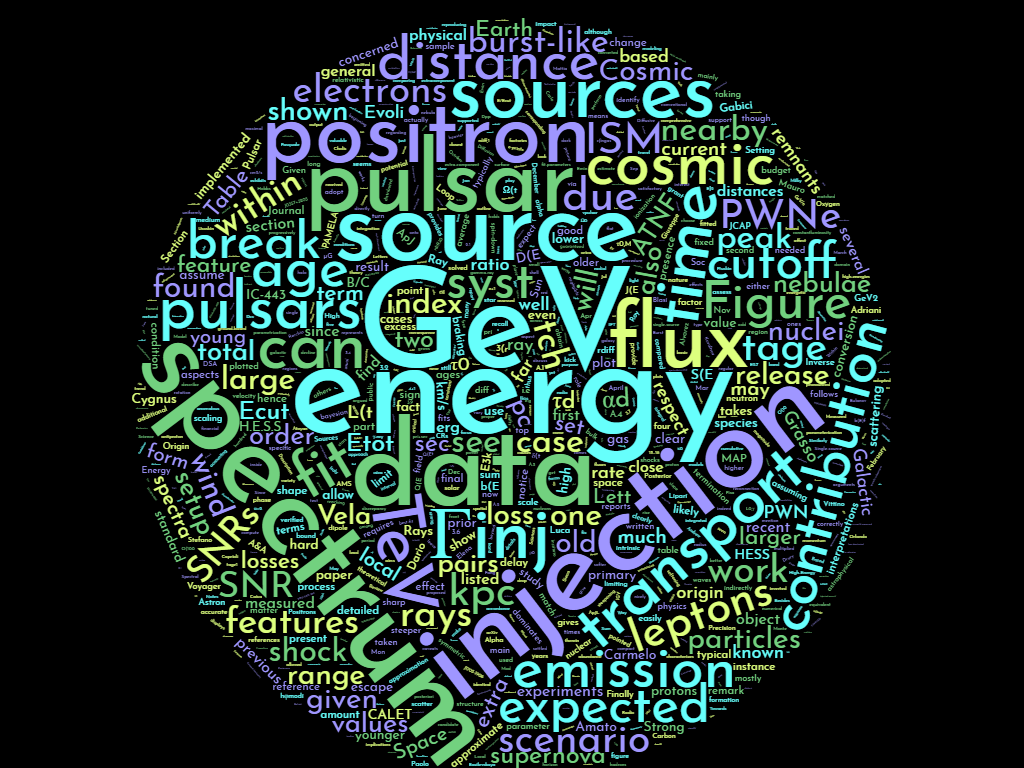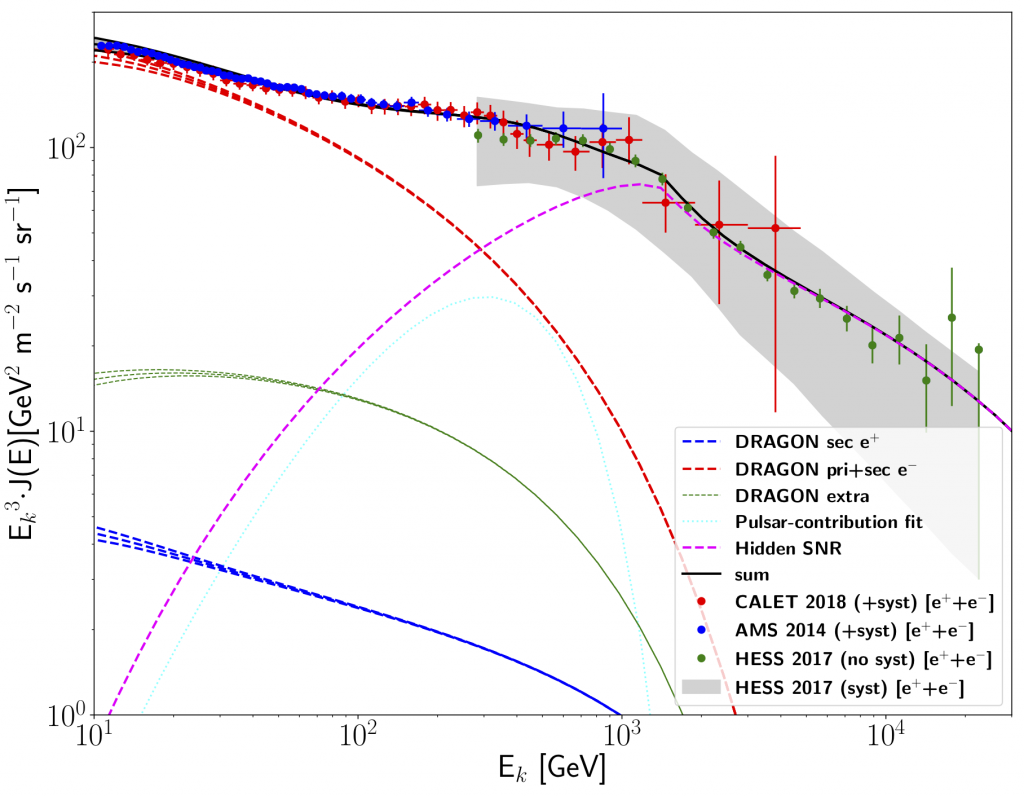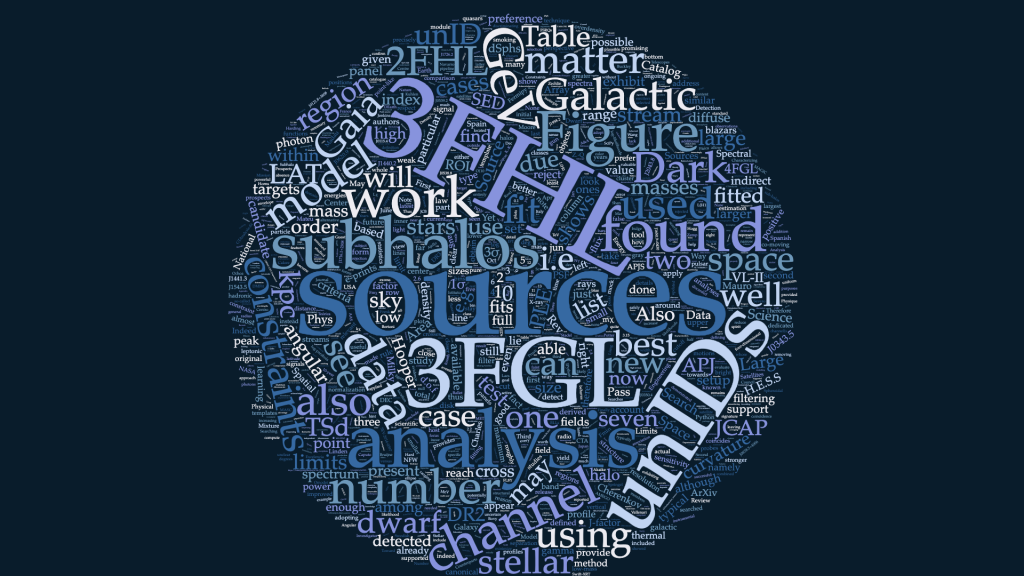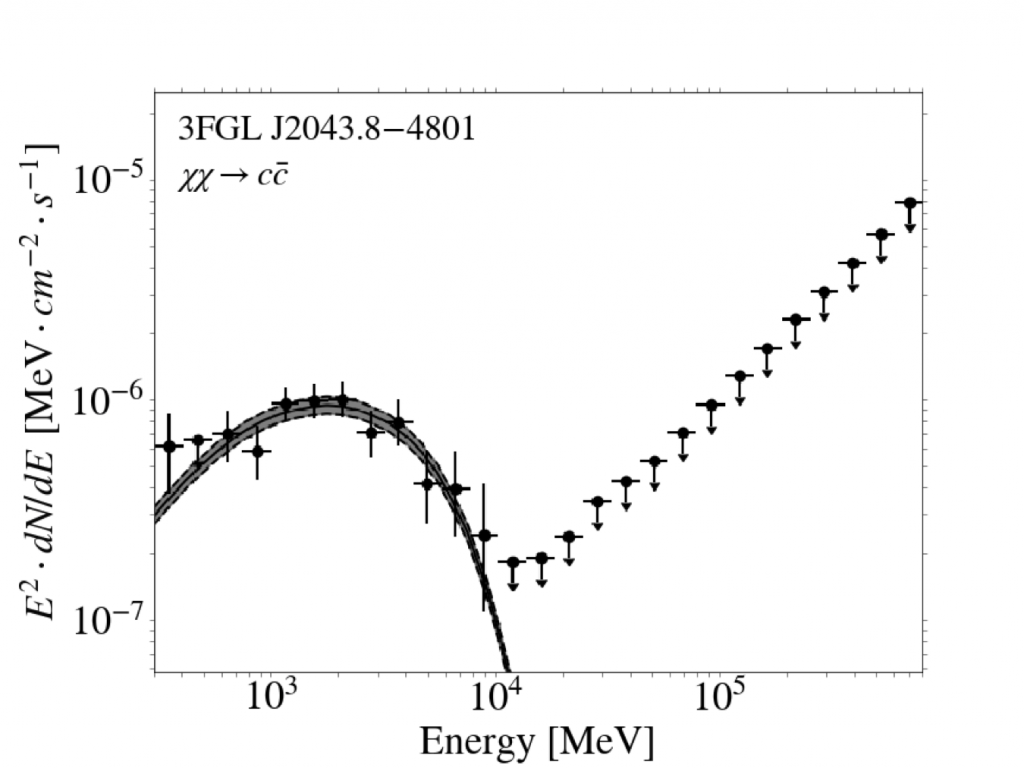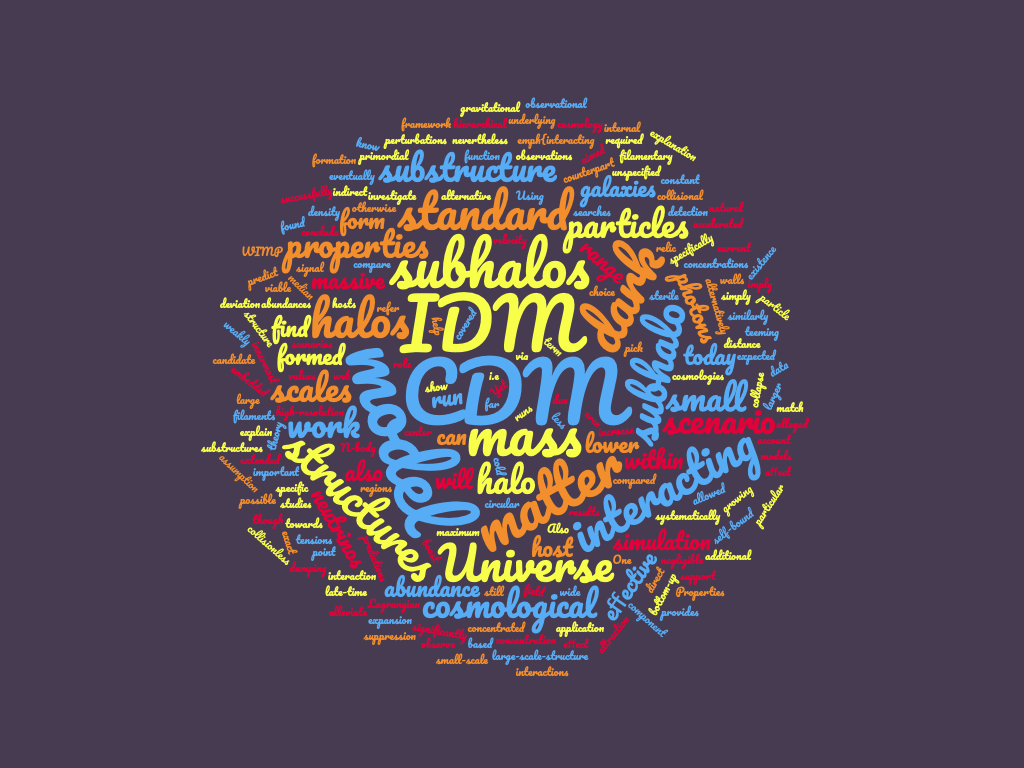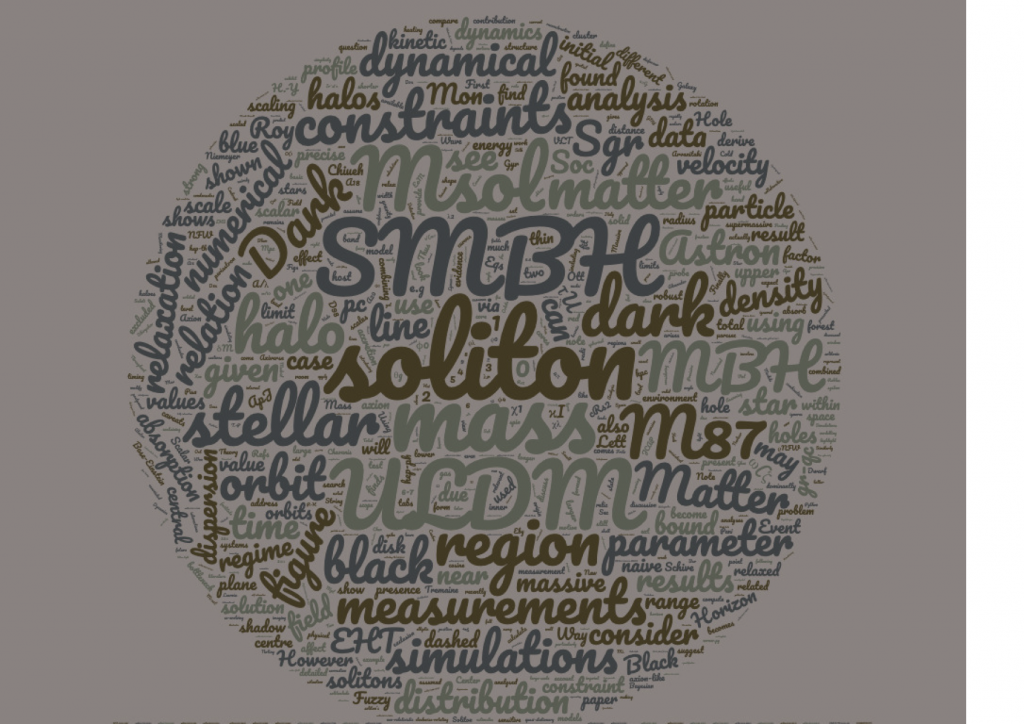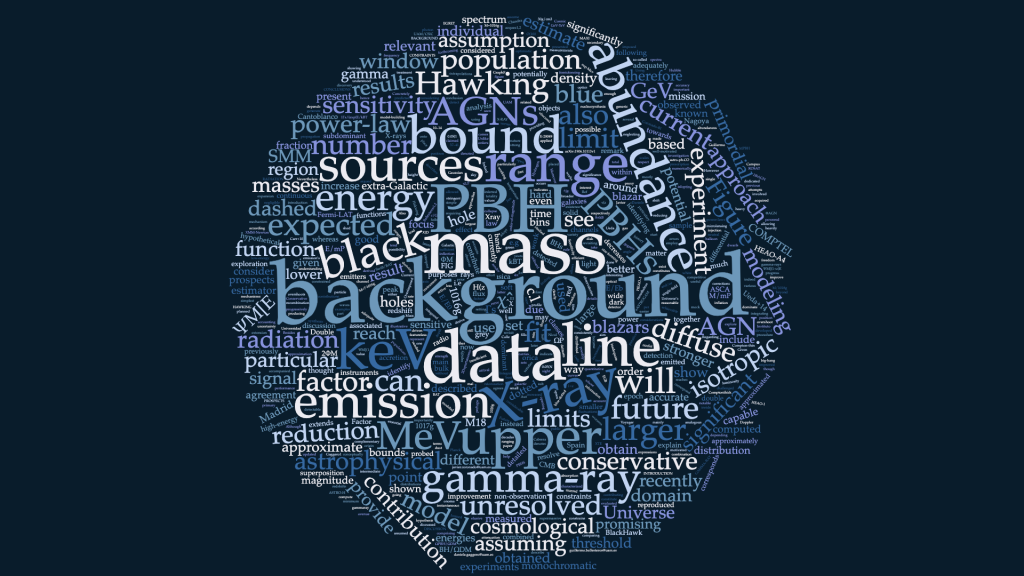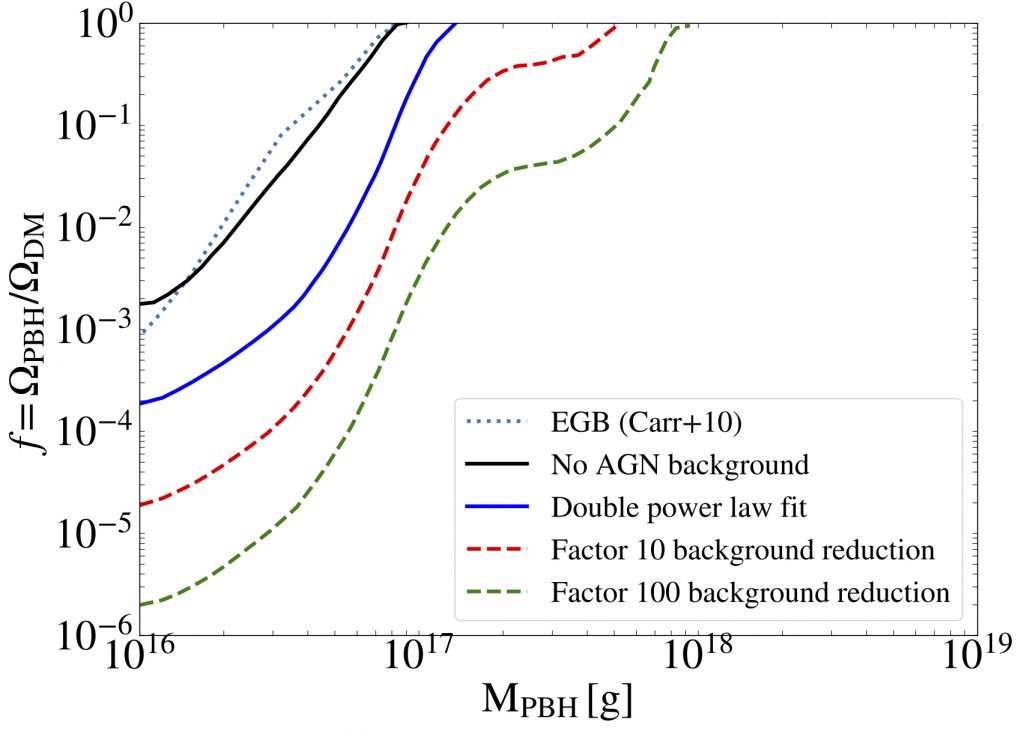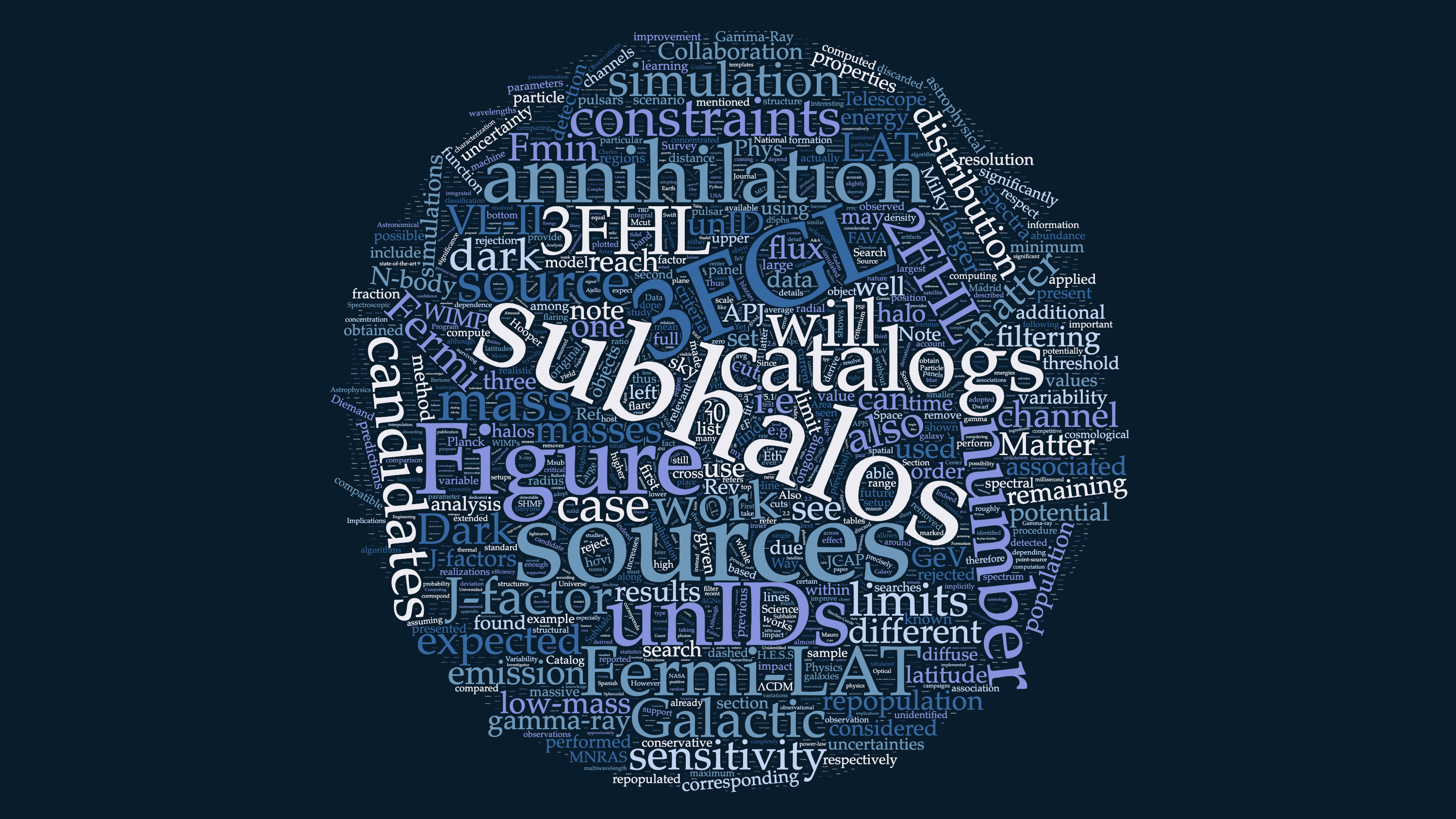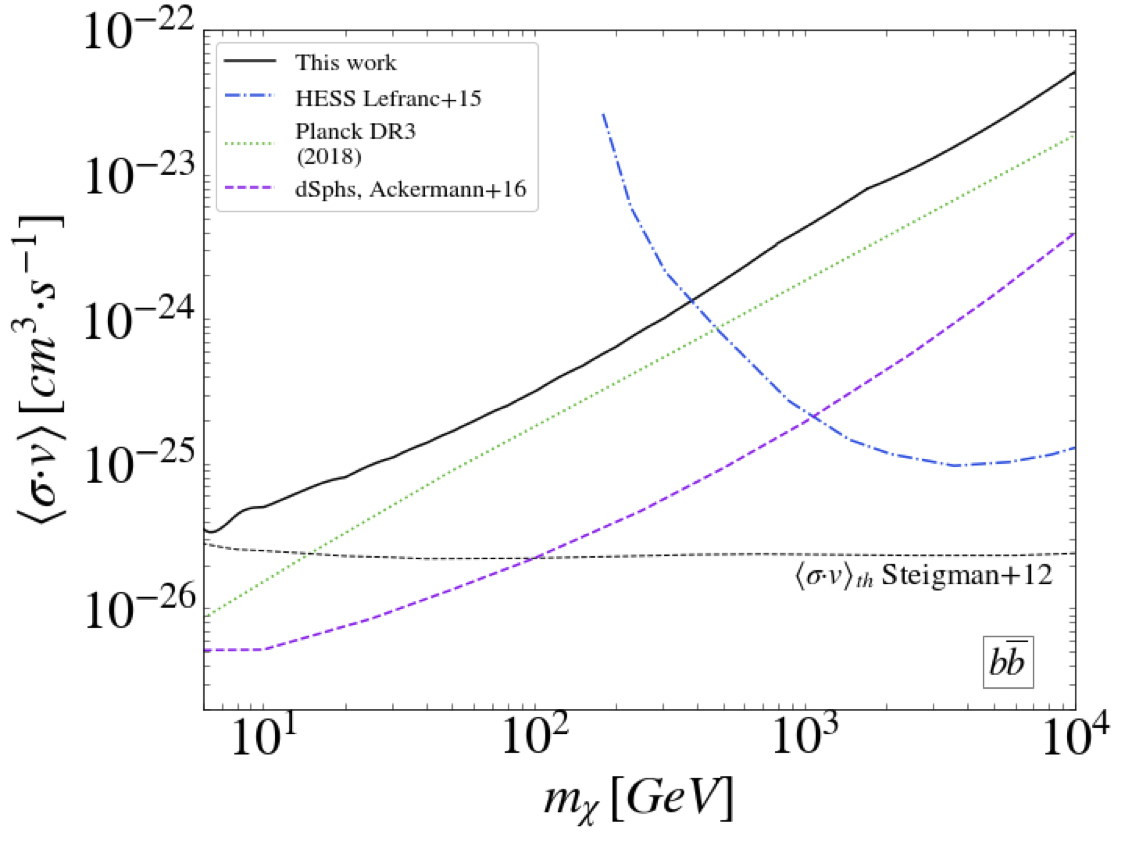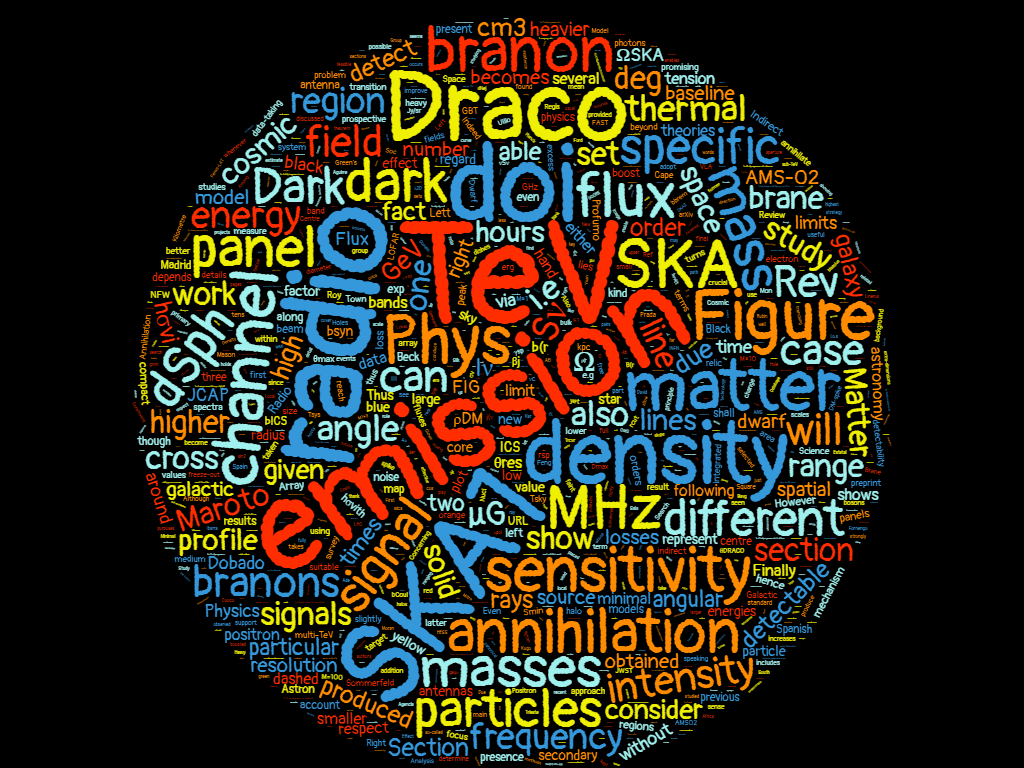
Written by V. Gammaldi and M. Méndez-Isla.
Summary of the paper with the same title published in PDU.
arXiv: 1905.11154
Dark matter constitutes a fundamental piece within the paradigm of modern Cosmology, comprising ~25% of the energy density of the universe. Despite numerous evidence of the existence of dark matter, its nature remains elusive. Based on the study of thermal relics in the Early Universe, one possibility would be conceiving dark matter as particles. Indeed, the energy density of dark matter today could be explained in terms of Weakly Interactive Massive Particles that were coupled with the primordial plasma.
Considering dark matter annihilating in galactic halos, it would be reasonable to expect signatures in the sky that may be observed through different detectors. This fact would allow us to constrain the dark matter parameter space comparing theoretical predictions with diverse observational data. In fact, there exists the possibility of dark matter annihilating into Standard Model particles that subsequently would decay or hadronise into cosmic rays. In this scenario, dark matter not only would constitute an exotic source of cosmic rays but also of photons in a large range of frequencies. Such photons are the result of the interaction of the abovementioned cosmic rays with the interstellar medium. Indeed, one possibility could be dark matter annihilating into electrons/positrons whose interaction with galactic magnetic fields would produce synchrotron signals, in general, at radio frequencies. In this sense, high-sensitivity radio telescopes, such as the Square Kilometre Array, could be crucial to put tight constraints on both the dark matter mass M and its thermally averaged cross section.
With the purpose of constraining radio signals from TeV dark matter candidates with SKA, we compute the expected flux density for different annihilation channels in the Draco dwarf spheroidal galaxy and we compare it with the SKA sensitivity. Varying the dark matter mass M and thermally averaged cross section, we set sensitivity constraints, as shown in the Figure below. In such a Figure, the region above the orange and blue curves show the dark matter parameter space detectable by the SKA. Furthermore, the intersection between the orange curve and the dashed black line representing a cross section of 3e26 cm^3 / s shows that the maximum observable mass for thermal relics would lie around 10 TeV for dark matter annihilating into W+W- and b quarks.
A similar analysis is performed for extra-dimensional Brane-world DM candidates, dubbed branons, i.e., new degrees of freedom appearing in flexible Brane-world models. This particular case is analysed for usual astrophysical scenarios as well as alternative ones in which the synchrotron signal would be enhanced by the presence of an intermediate-mass black hole. This latter possibility could be the key to observe dark matter masses beyond the 10 TeV detectable in conventional scenarios.
Finally, we compare the SKA facilities in dark matter searches with other detectors for different ranges of frequencies. Even though SKA is expected to be the most sensitivity telescope in radio frequencies, the most suitable frequency range to detect dark matter would be affected by the annihilation channel. In this regard, in our work we also analyse the role played by detectors such as GBT, VLA or LOFAR for TeV dark matter multi-wavelength searches.
